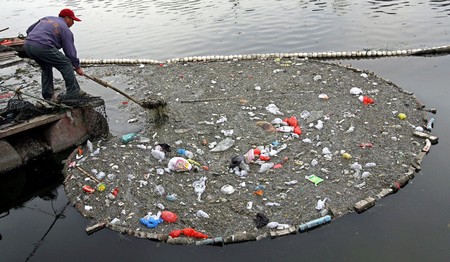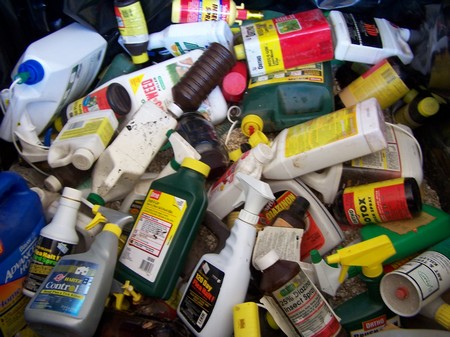Pollution is a broader term that covers so many different aspects. In general, pollution is defined as the detrimental state of the natural environment being contaminated with harmful substances as an outcome of human activities. These contaminants can cause instability, discomfort or harm to ecosystem, or disorder. Pollution can take so many various forms of chemical substances or energy such as heat, light or noise. Pollution is often classified as point source or nonpoint source pollution. A list of the world’s worst polluted places is issued by the Blacksmith Institute on annual basis.
Noise Pollution
One of the major concerns of all human beings nowadays is noise pollution or environmental noise. It includes the displeasing sounds produced by human, animals or machines that affect the routine activities of human or animal life. The word ‘noise’ is derived from the Latin word ‘nauseas’, meaning seasickness.
The major elements involved in the noise pollution include the construction and transportation system such as rail noise, motor vehicles, and aircraft noise. Also, the poor urban planning may give rise to the noise pollution. For instance, side by side construction of industries and residential buildings can often cause the noise pollution.
There are certain other elements which contribute in the noise pollution such as emergency service sirens, compressed air horns, barking dogs, fireworks, mechanical equipment, loudspeakers, electric megaphones, appliances, grounds keeping equipment, lighting hum, and audio enhancement systems.
Garbage Pollution
Garbage material becomes the major headache for human beings with the introduction of synthetic materials. Although, a large number of efforts have been made to lessen this problem, the anthropogenic activities are far much active and responsible for the garbage pollution.
Whatever we throw up as garbage, it ends up on the biggest landfill. Mostly the authorities put the garbage in the ocean and before reaching to the ocean floor, it has to pass through to the large expanse of saline water, the sea. It is almost hard to destroy the synthetic materials and we somehow have to get rid of them in order to save our planet.
Toxic waste
Toxic wastes are considered as the most noxious or deadly waste materials which are extremely harmful for the living creatures. Toxic wastes spread rather quickly and easily and pollute the lakes and rivers. A toxic waste is a term often used interchangeably for the hazardous waste and discarded waste which can be a long term threat for the health and environment. For this, you may consider using Bund Lining for Hazardous Materials.
The major factor causing the toxic wastes is the industrial revolution. A large quantity of toxic wastes is produced by industries and commerce. However, there are certain other factors which are responsible for these toxic wastes such as residential cleaning products, the military (missiles testing, chemical warfare), radioactive sources, light industry (dry cleaning establishments), agriculture (chemical fertilizers, pesticides), and medical facilities (pharmaceuticals). Toxic wastes are produced in so many forms such as solid, liquid, or sludge and mostly are rich in chemicals, dangerous pathogens, radioisotopes and heavy metals which are extremely harmful for human health and environment.
Chemical Pollution
Like toxic wastes, chemical pollution is another major threat for mankind on this planet. Chemical pollution too poses short-term and long-term risks to health and environment.
Due to the suspicious human activities, the amount of chemical pollution is increasing day by day. Chemical pollution not only affects the air, but also contaminates the water and soil. Some of the major examples of chemical pollution include the acid rains and greenhouse gases.
Nowadays most of the fertilizers and pesticides contain harmful chemicals like phosphates and nitrates which are the source of water pollution. The water seep into the ground, contaminate the soil as well and mix with runoff moving lakes and rivers.
Industrial development is also a major factor causing the chemical pollution. Many industries let their waste run into the rivers or lakes which in turn polluted the water. For instance, the paper industry is responsible for the increased level of mercury in the water. This mercury then reacts with the bacteria present in the water and transformed to methyl mercury. Fish in the river are now also getting harmful for human health.
There are several harmful gases present, if inhaled in excessive amount can cause death. For instance, hydrogen sulfide or a sewer gas can cause a loss of sense of smell and can pose serious problems. Similarly, carbon monoxide is an odorless and colorless gas which is produced by burning the carbon based fuels such as gas, wood. This gas inhibits body’s ability to transport oxygen to different organs of the body. Solvents are of different types like gasoline, degreasers, paint strippers etc can have a severe impact on the central nervous system, if inhaled in high concentrations.






